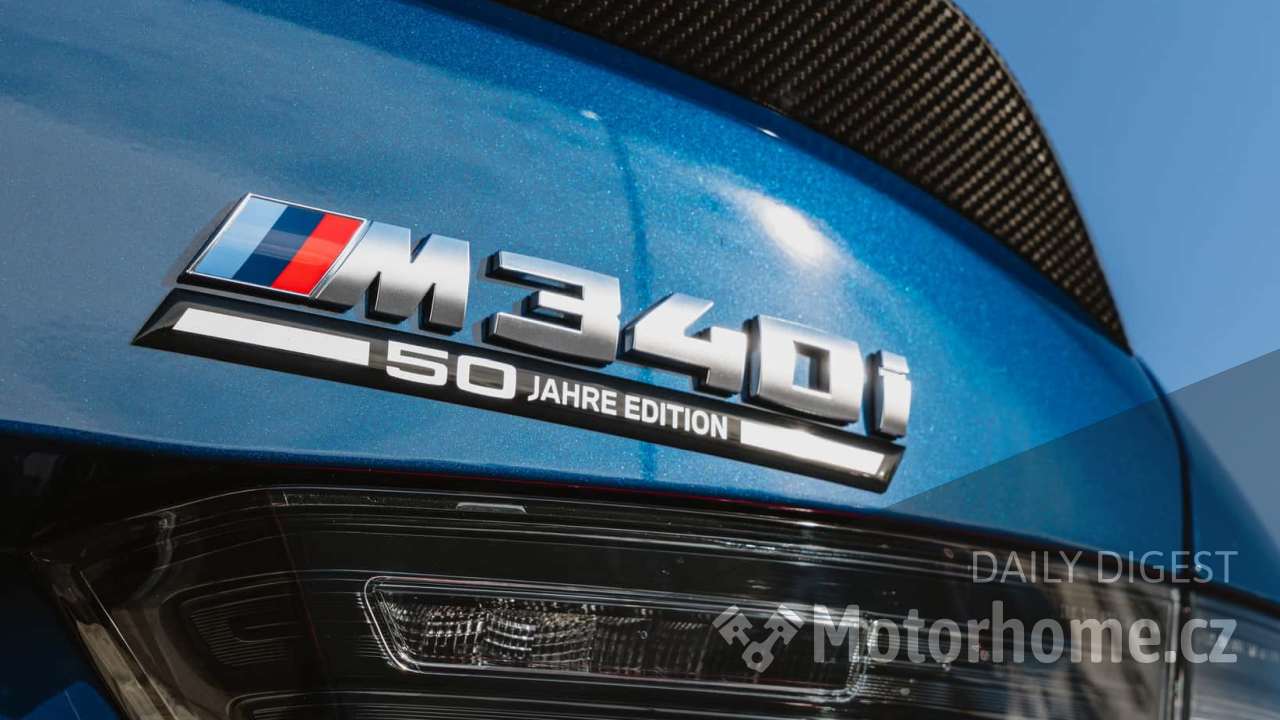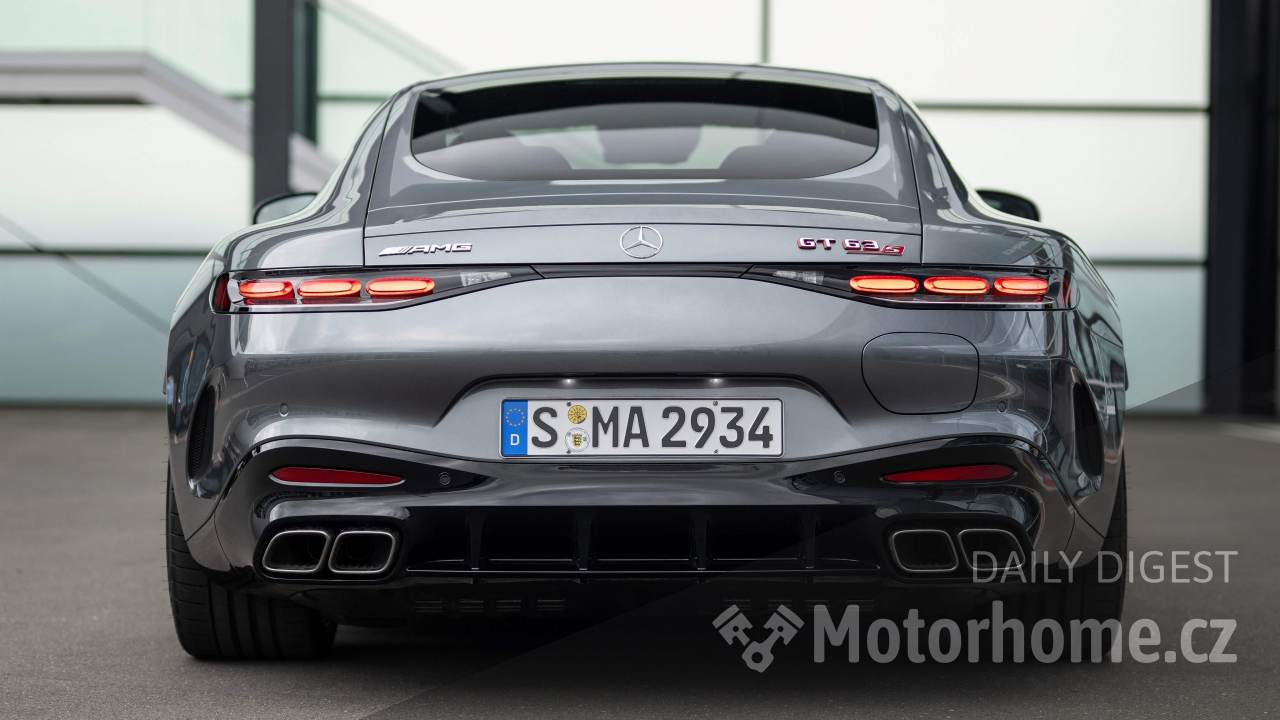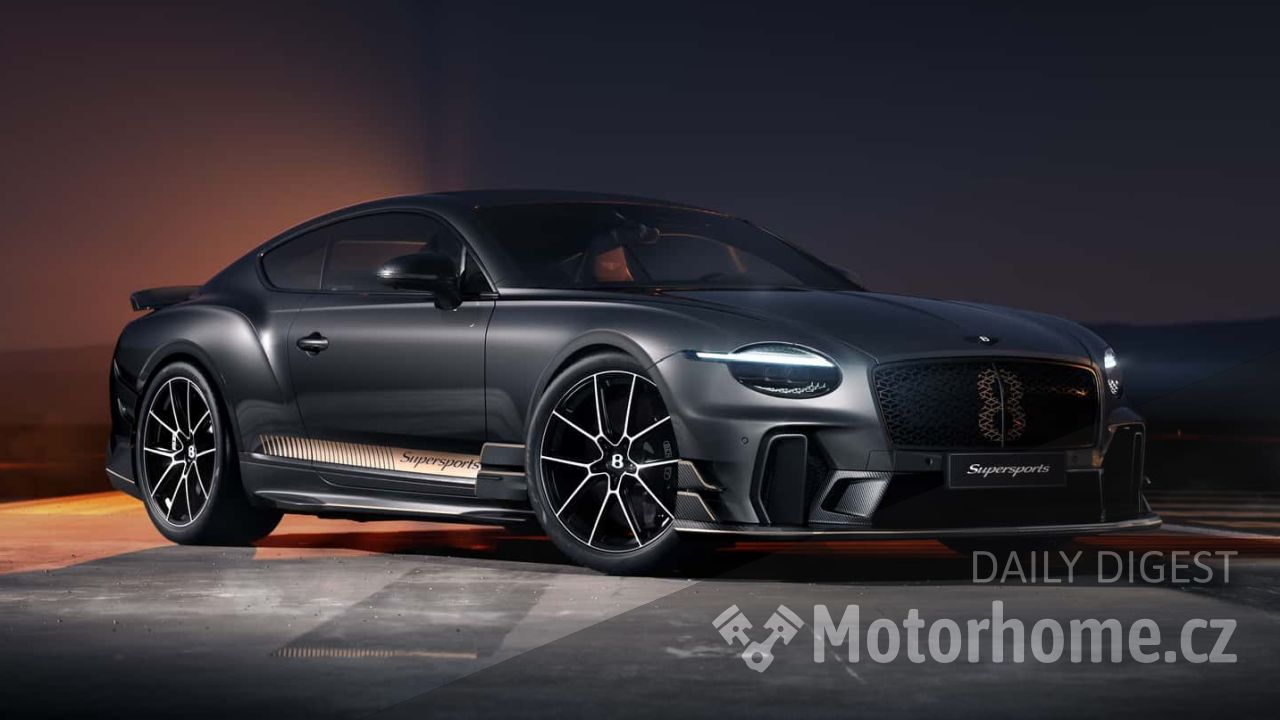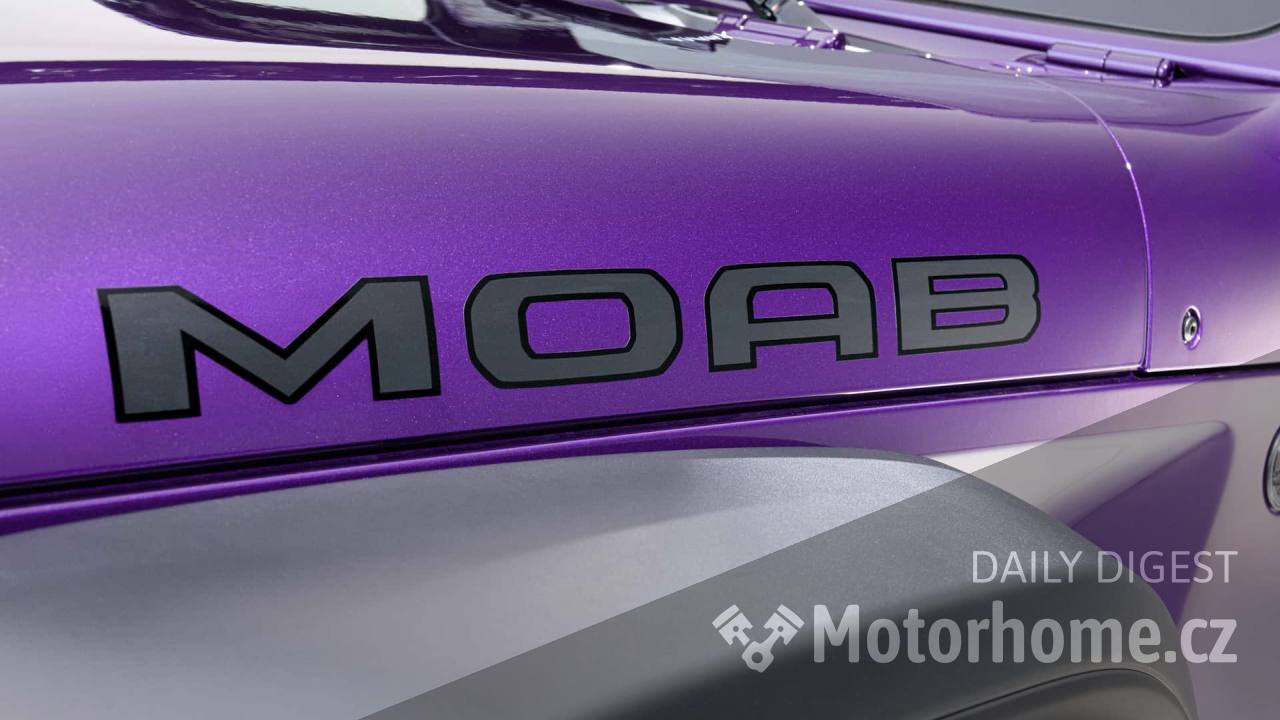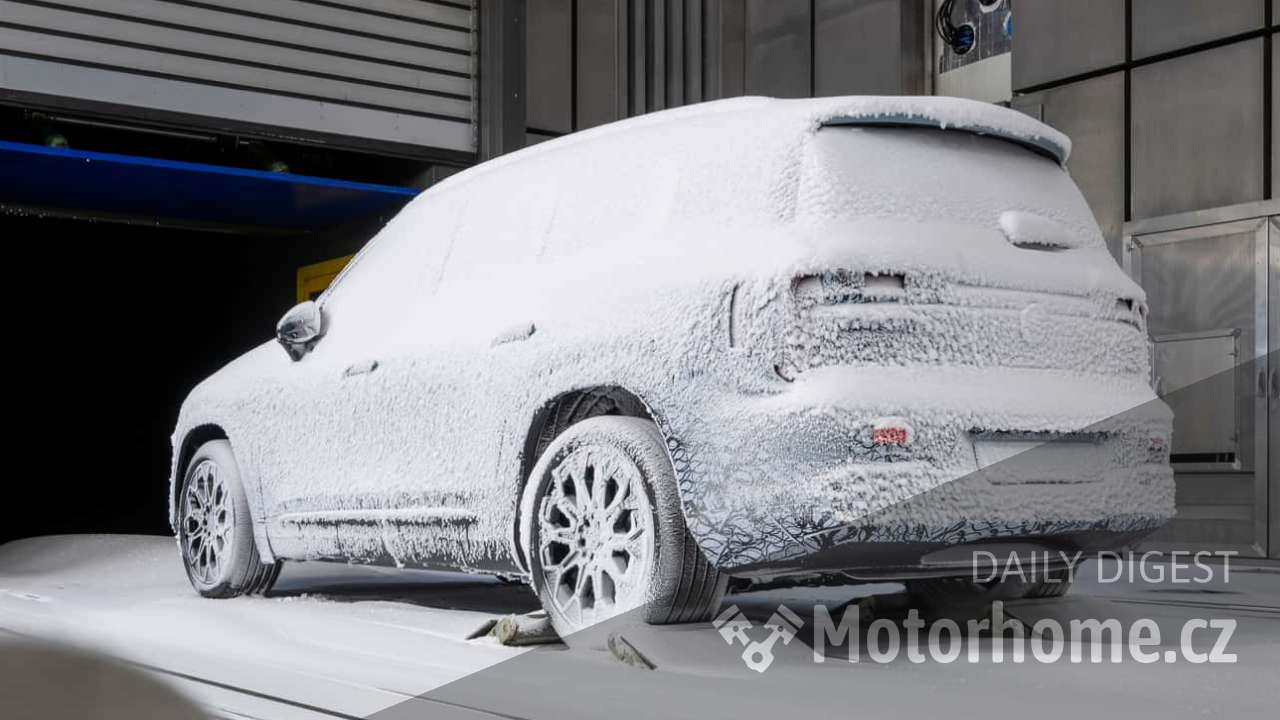New system was previewed on radical Polygon concept and is expected to feature first on new 208 in 2027
The Monaco grand prix circuit is a heck of a place to choose for your first drive of an unfamiliar prototype that introduces a revolutionary by-wire steering system and a rectangular steering ‘wheel’.
Peugeot’s brand new Hypersquare steering system was previewed by the radical new Polygon concept that was revealed last week. The system, likely to be offered as an option on most models of the forthcoming new 208 for 2027, is the next step beyond the i-Cockpit design the firm introduced 13 years ago. That consisted of a then-rare small-diameter steering wheel, set low in a new-design fascia so the instruments were viewed over the wheel rather than through it.
Company bosses claim big success for the i-Cockpit, having sold 13 million so-equipped cars since it first appeared in the 208. They also point to the fact that the 308, another popular i-Cockpit car, currently attracts 73% repeat business.
Driving with Hypersquare is a fascinating experience, conventional and revolutionary by turns. Your fingers curl comfortably around an odd-looking, fairly thick, unusually shaped ‘wheel’ with four fist-sized holes set into it, each containing normal fascia switchgear worked by touch. The theory is that you can work nearly all of the car’s major functions without needing to remove your hands from the controls, Formula 1-style.
In essence, the steering offers a ratio that varies widely between a fairly typical 16:1 at speeds above 50mph but quickens as much as five times at low speeds to add remarkable agility when manoeuvring. Effort is a little heavier than in the current i-Cockpit to make the business of adding lock a bit more deliberate; this could, however, be changed before production.
My prototype drive proved, within a mile or two, that most drivers will acclimatise pretty quickly to Hypersquare’s USP of offering much more turning response than they’re used to at lower speeds and in sharper corners. Once you’re acclimatised, all the wheel-winding of a normal car feels a bit… silly.
After a few miles in a Hypersquare-equipped 2008 prototype, I was left with the feeling of much-enhanced sportiness. Peugeot tech expert Arthur Megy, who has worked on this for seven years, reckons it’s “the future of driving pleasure”.
It’s excellent for reverse parking, too. You can steer the car into a tight space with no more than a quarter turn of lock in each direction.
Two more things stand out. First, it takes a while to get used to the complete absence of road vibration, something you barely notice until it’s not there. Peugeot insists the system still has sufficient “road feel”, but we will need to drive more to prove it completely. Second is the change in the system’s gearing from crawl to above 50mph. The rate of change is still being tuned, Peugeot engineers say, but to me it felt reasonably natural, even if others demurred. At the end of a 20-minute drive, I felt I had settled into the car quite well and was already putting a high value on the low-speed agility.
Peugeot is still deciding which new models will use Hypersquare, although new boss Alain Favey would like to make an option across the range. The pure-EV models are obvious candidates, but the new 208 will be a multi-power model and Megy says there’s no reason why Hypersquare couldn’t be applied to them all.
Bosses see such obvious advantages from Hypersquare that they’re convinced other Stellantis group brands – and rival manufacturers – will soon want to adopt it. The important thing, they believe, is to keep progressing so that the brand is always at the forefront. Those who follow will be paying Peugeot a huge compliment.
